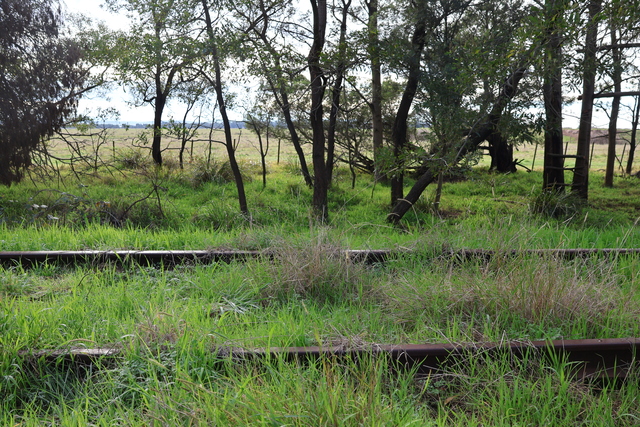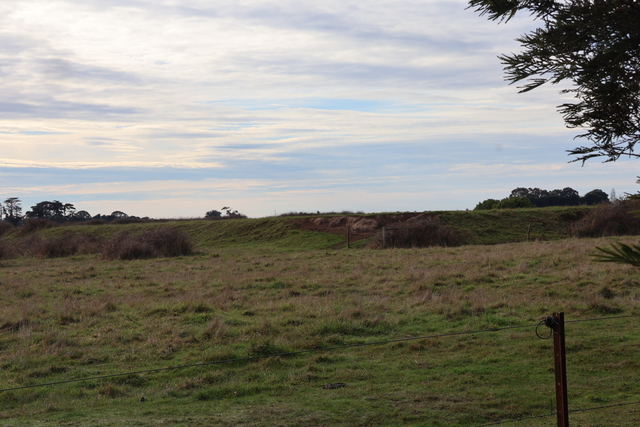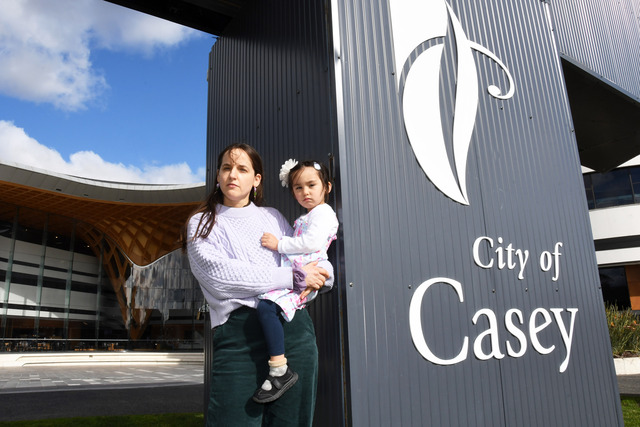Environmental experts are concerned about the condition of a high-valued conservation area in Clyde, as they found out weeds took over.
A recent audit report by the conservation organisation Glassy Plains Network assessed the protection status, condition, and future of 36 Conservation Areas around Melbourne, which were identified under the Melbourne Strategic Assessment (MSA) program more than a decade ago.
Coming into force in 2010, MSA is a joint agreement between the State and Federal Governments to “permanently” protect threatened species and ecosystems around Melbourne’s outskirts from sprawling urban development, including Natural Temperate Grasslands, Grassy Eucalypt Woodlands, and species like growling grass frogs, golden sun moths and striped legless lizards.
The majority of the 36 established areas are in Melbourne’s West, and only two of them are in the South-eastern growth corridor.
Conservation Area 35, Clyde-Tooradin Rail Reserve, has patches of high-quality Plains Grassy Woodland dominated by black wattle Acacia mearnsii. It is identified as the potential habitat for the Southern Brown Bandicoot, Maroon Leak-orchid, Matted Flax-lily, Swamp Everlasting, Swamp Fireweed, and Purple Blown-grass.
Adrian Marshall, author of the recent audit and the facilitator of the Glassy Plains Network visited the site three years ago when he was writing the report. He was not satisfied with what he discovered.
He said that the landowner VicTrack was not actively managing the area.
“It did not look well maintained. There are weeds taking over and orchids are quite hard to identify,” he said.
“This conservation area is probably one of the forgotten ones by MSA. It’s already on public land, so in a way, they don’t have to think about it very much.
“I can guarantee you that nobody from the MSA would have been out to these sites for years, probably. They were surveyed when they were initially surveyed. And then they kind of forgot about them.”
MSA has not acquired the 35 as the trigger for securing conservation areas is through the planning permit process.
“They can only acquire conservation areas in urban precincts that are under development, so for the ones on the rural fringe where there’s no development around them, there’s nothing they can do to acquire them at the moment,” Mr Marshall said.
“It’s another one of the stupid ways this whole program was set up.
“Most of the Melbourne Strategic Assessment team’s energy is focused on the conservation areas that they have to get hold of and the conservation areas that we have made a lot of fuss about.
“There have been a couple of conservation areas that are on public land that have been severely damaged out west. They’re receiving attention.”
When contacted, a VicTrack spokesperson said they planned to carry out targeted weed management on the land in the coming year.
“Should the surrounding area be developed, we will enter into an agreement to manage the land for conservation purposes in line with the requirements set out in the program.”
Looking from the air, the 2.17 hectares of Area 35 stands out as a small green space among a large parcel of padlocks, which Mr Marshall said was another poor outcome of the MSA program.
“They preserved this area because that’s where they found this orchid. They’ve stopped that on the southeast corner because that’s the edge of the Urban Growth Boundary there,” he explained.
“So outside of that is rural Victoria. Inside it is Melbourne. They’ve just cut a hard line there even though there are lots of orchids further down the railway track to the southeast. That’s one stupid thing about it.
“And in the other direction, they probably went, well, we’ll protect everything within 100 metres of any orchid we find, so that’s why it’s only got that length.
“There are lots of really good conservation values further along the railway line, but because they’re not federally listed under the EPBC Act, they don’t bother to protect them there.”
When contacted, a Department of Energy, Environment and Climate Action (DEECA) spokesperson said the MSA program had secured land in 16 of 36 conservation areas in Melbourne’s growth corridors and was working with its partners and environmental experts to monitor, manage and restore these areas so threatened plants, animals and ecosystems are permanently protected.
“The MSA program is expected to run until 2060 and will secure 4000 hectares across 36 conservation areas in Melbourne’s newest suburbs, including creating more than 140 kilometres of growling grass frog habitat to help prevent extinction,” they said.
“DEECA takes matters of non-compliance very seriously and works with regulatory authorities to take enforcement action where necessary to ensure our most threatened plants, animals and ecosystems are protected.
“Though there is still much work to be done, the land secured and improved for conservation purposes to date adequately offsets the impacts of urban development in Melbourne’s growth areas and is achieving positive environmental outcomes.”
The audit report also reveals that only seven of the 36 are protected, more than a decade after they were promised, and only three of them are in good condition, with the condition of 21 of them unknown due to lack of survey data and lack of access.









